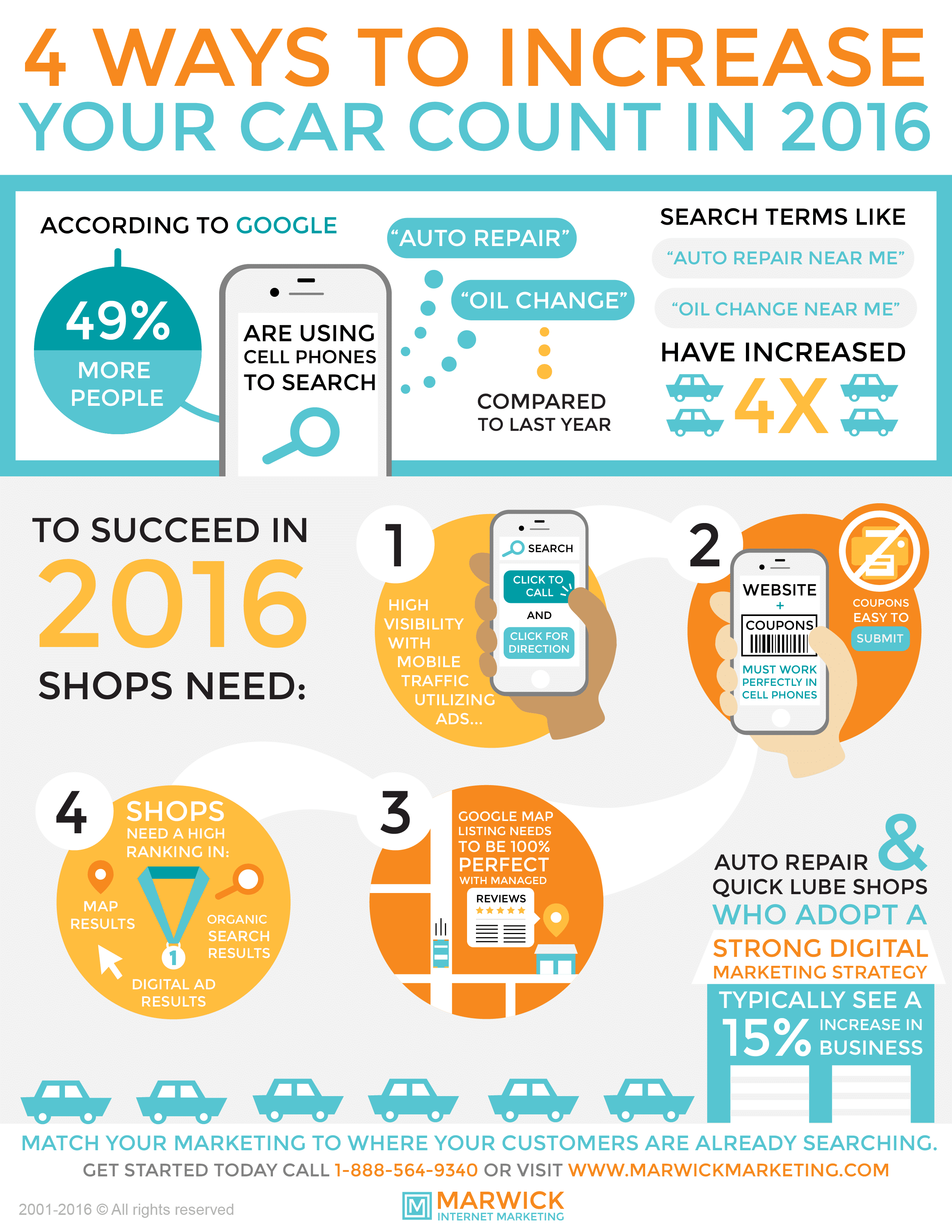Eager To Recognize What The Control Panel Warning Lights In Your Cars And Truck Symbolize? Discover Their Significances For The Well-Being And Security Of Your Lorry
Eager To Recognize What The Control Panel Warning Lights In Your Cars And Truck Symbolize? Discover Their Significances For The Well-Being And Security Of Your Lorry
Blog Article
Write-Up Author-Faulkner Kejser
When you're behind the wheel, those glowing warning lights on your control panel can be a little bit perplexing. Do you know what they're trying to inform you about your auto's health? Recognizing the importance of these lights is important for your safety and security and the long life of your automobile. So, the next time among those lights turns up, wouldn't you want to analyze its message accurately and take the essential steps to resolve it?
Common Caution Lights and Interpretations
Recognize common caution lights in your cars and truck and recognize their significances to make certain risk-free driving.
One of the most common caution lights include the check engine light, which indicates concerns with the engine or discharges system. If this light comes on, it's crucial to have your car inspected immediately.
The oil stress advising light shows reduced oil stress, needing immediate attention to prevent engine damages.
A blinking battery light might recommend a defective billing system, potentially leaving you stranded if not attended to.
The tire stress monitoring system (TPMS) light signals you to reduced tire pressure, impacting automobile stability and fuel effectiveness. Disregarding this might cause hazardous driving problems.
The abdominal muscle light shows a problem with the anti-lock braking system, jeopardizing your capacity to stop promptly in emergency situations.
Finally, the coolant temperature level cautioning light warns of engine getting too hot, which can result in serious damages if not resolved promptly.
Comprehending these common caution lights will certainly assist you attend to concerns immediately and preserve risk-free driving problems.
Value of Prompt Attention
Recognizing the common caution lights in your auto is only the first step; the value of promptly resolving these warnings can't be highlighted sufficient to guarantee your safety when traveling.
When a warning light brightens on your dashboard, it's your automobile's means of connecting a prospective issue that needs interest. Overlooking these warnings can bring about much more extreme issues in the future, endangering your safety and possibly costing you much more out of commission.
Prompt interest to cautioning lights can avoid breakdowns and mishaps. As an example, a flashing check engine light might show a misfire that, if left unattended, might create damages to the catalytic converter. Resolving this without delay can conserve you from an expensive repair.
Likewise, a brake system warning light might indicate low brake liquid or worn brake pads, crucial elements for your safety and security when driving.
Do It Yourself Troubleshooting Tips
If you notice a warning light on your control panel, there are a couple of DIY troubleshooting ideas you can try before looking for expert aid.
https://www.bankrate.com/loans/auto-loans/average-car-maintenance-costs/ is to consult your automobile's manual to recognize what the specific warning light shows. Often the issue can be as straightforward as a loose gas cap setting off the check engine light. Tightening up matinedetailing may fix the issue.
An additional typical issue is a reduced battery, which can set off different advising lights. Inspecting the battery links for rust and ensuring they're safe and secure may take care of the trouble.
If a caution light continues, you can attempt resetting it by separating the car's battery for a couple of mins and afterwards reconnecting it. Furthermore, inspecting your automobile's liquid levels, such as oil, coolant, and brake fluid, can aid troubleshoot advising lights related to these systems.
Final thought
Finally, understanding your cars and truck's caution lights is important for maintaining your car running smoothly and safely. By promptly addressing these signals and knowing what they imply, you can avoid expensive repair services and prospective failures.
Bear in mind to consult your auto's manual for certain information on each cautioning light and act accordingly to guarantee a trouble-free driving experience.
Keep informed, stay secure when driving!
